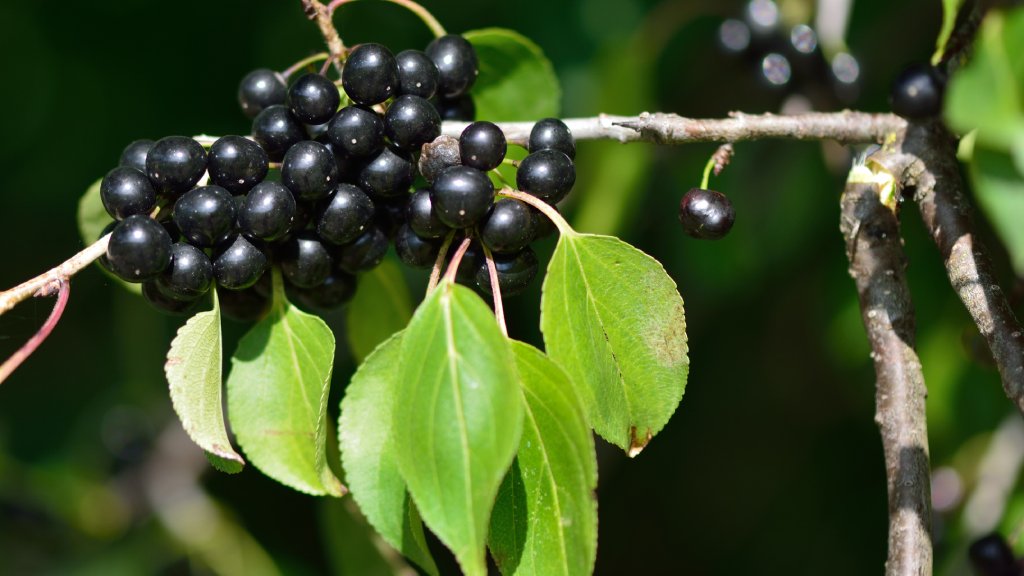Invasive Buckthorn – How To Get Rid Of Common Buckthorn Bushes
Identify and eliminate the invasive and noxious buckthorn plants growing in your yard.


Common buckthorn (Rhamnus cathartica) is a small tree that grows between 10 and 25 feet tall (3-8 m).
Native to Eurasia, it was brought to the US as an ornamental. However, it spreads rapidly and has become invasive, replacing native vegetation and lowering species diversity.
If you have noxious buckthorn plants growing in your yard or garden, you may want to eliminate them. How to get rid of common buckthorn? Read on for information about removing common buckthorn and different methods of buckthorn control.
Invasive Buckthorn
The buckthorn shrub spreads rapidly. Each plant produces lots of berries that are eaten and spread by birds. Wherever it grows, it shoulders out native plants because it leaves out early in spring and holds its leaves late into fall. The tree may also produce chemicals inhibiting the growth of other species near it.
Invasive buckthorn has been found to alter the ecosystems it lives in. Both its fruit and foliage are high in nitrogen and are broken down quickly by invasive earthworms. This destroys beneficial fungi that native trees need to grow. It also opens up bare soil that is ideal for buckthorn to grow.
Removing Common Buckthorn
Once you determine that you have noxious buckthorn plants invading your yard, you’ll want to take action to stop them.
Buckthorn control is harder than you may think though. You are not likely to be able to eradicate all the buckthorn in the surrounding area, so you will have to choose your battles.
Sign up for the Gardening Know How newsletter today and receive a free copy of our e-book "How to Grow Delicious Tomatoes".
Experts recommend that you survey the buckthorn on your property and select the areas of most concern. A good time to do this is in early spring or late fall, when native vegetation is not in leaf, but buckthorn is. This makes mapping easier. Figure out the highest priority areas and take it from there.
How to Get Rid of Common Buckthorn
The best time to start removing common buckthorn is when it is very young. You can pull out slender seedlings by hand or using a shovel. Bigger plants can be uprooted with heavy equipment. This is only effective when there aren’t many noxious buckthorn plants.
If you are wondering how to get rid of common buckthorn that is more mature, cutting stems or girdling often work. If you prune back the stems twice in one season for several years, this reduces plant size and density. You can also girdle large stems by making parallel cuts through the bark, then peeling off the outer bark.
Thwarting Buckthorn Naturally
Some brilliant folks in Wisconsin have invented a "buckthorn baggie" that is slipped over the cut stump of a buckthorn, tied with a marked zip tie, and left for a period of a year. This deprives the stump of sunlight, preventing it from resprouting.

Teo Spengler is a master gardener and a docent at the San Francisco Botanical Garden, where she hosts public tours. She has studied horticulture and written about nature, trees, plants, and gardening for more than two decades, following a career as an attorney and legal writer. Her extended family includes some 30 houseplants and hundreds of outdoor plants, including 250 trees, which are her main passion. Spengler currently splits her life between San Francisco and the French Basque Country, though she was raised in Alaska, giving her experience of gardening in a range of climates.